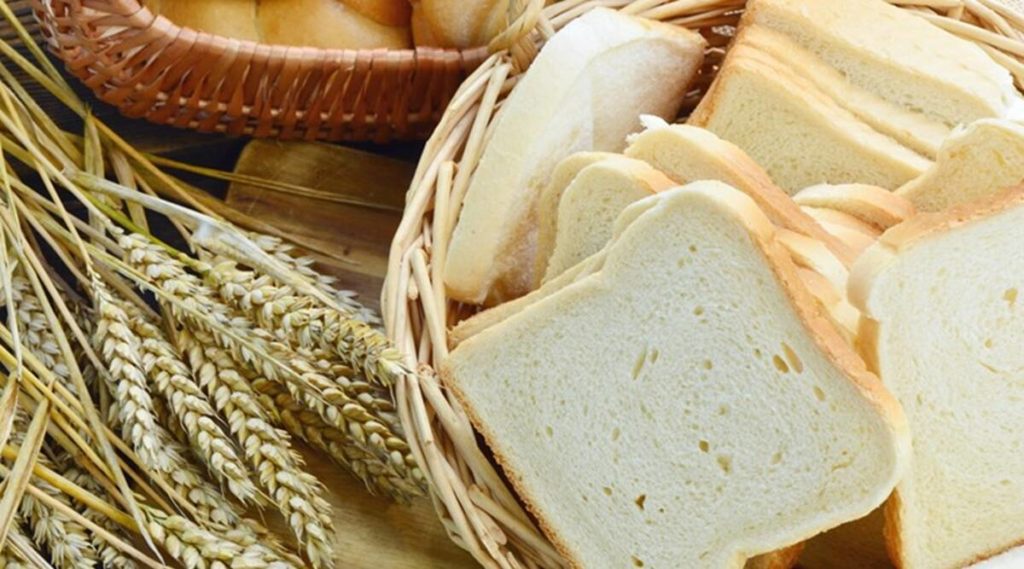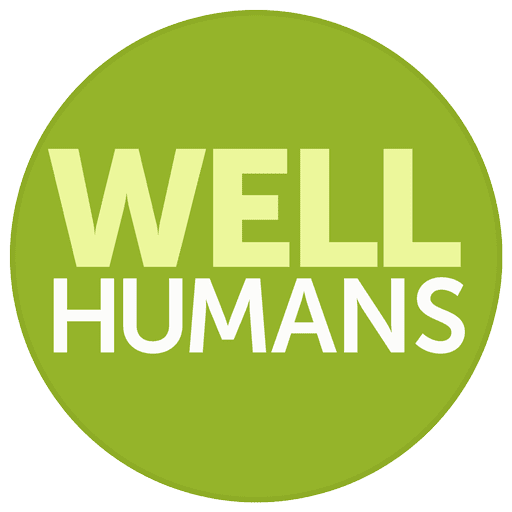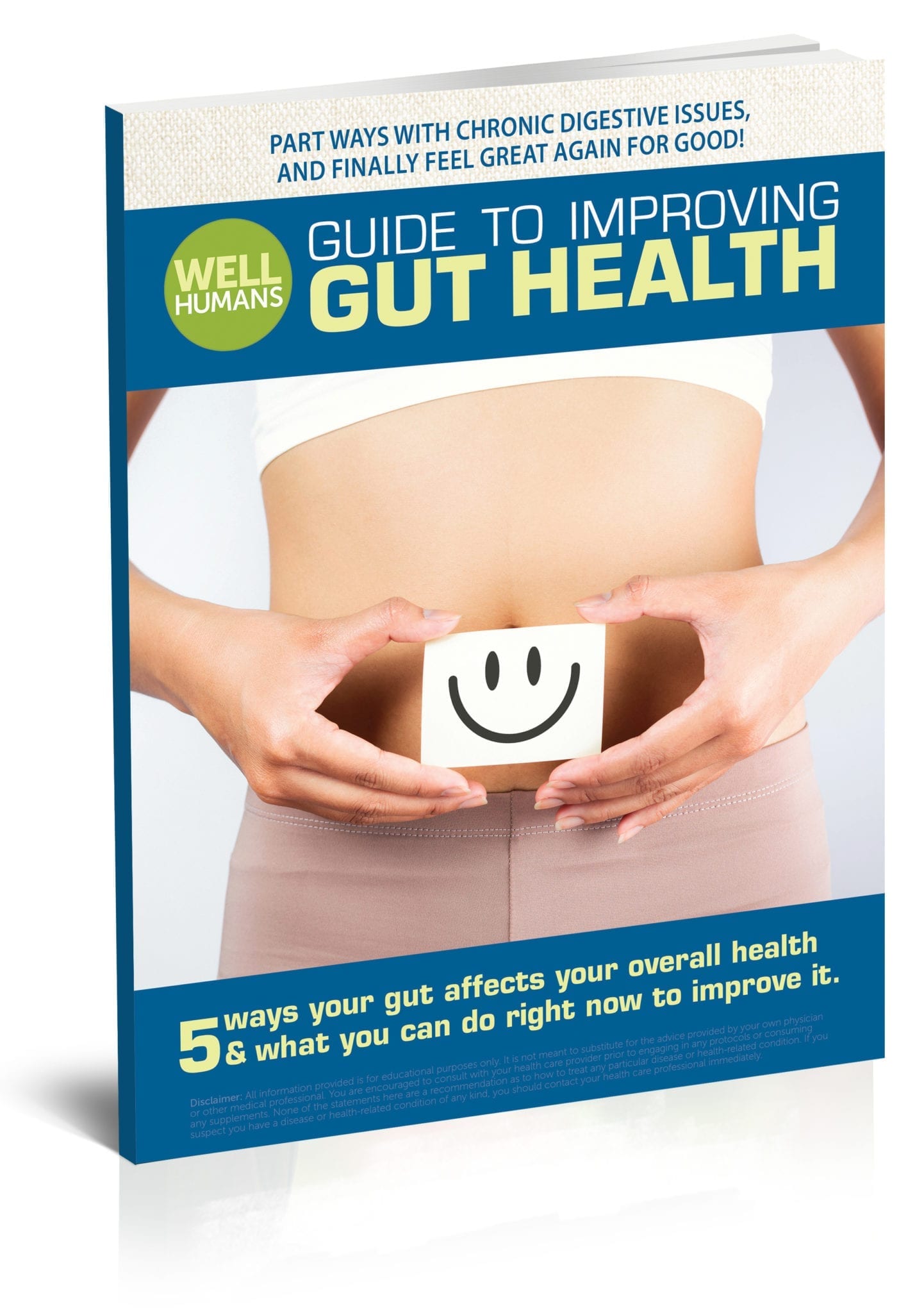 Making the transition to a gluten-free diet is not an easy process and not one you can successfully complete overnight. It is a process that involves a lot of trial and error as you try to perfect your label reading and product researching techniques.
Making the transition to a gluten-free diet is not an easy process and not one you can successfully complete overnight. It is a process that involves a lot of trial and error as you try to perfect your label reading and product researching techniques.
A Gluten-Free Home.
If you live alone this should be a pretty easy transition. You may miss some items at first, but you will soon have a completely gluten-free kitchen in which to prepare and enjoy your food. If you have kids or live with other family members, it may be in their best interest to cut out gluten as well, as there’s a good chance they have celiac disease or some other form of gluten intolerance if you do.
Living with Gluten.
Many people are not willing to give up their gluten-containing bagels, bread, pasta, and cookies. It just may not be practical for you to try and eliminate all gluten from your house. In that case, you will have to be very careful in the handling of your food in order to avoid cross-contamination. While this is more complicated than eliminating gluten from your kitchen, it is still very doable as long as you are aware of where cross-contamination is most likely to occur.
Get your own.
It is very easy for spreads such as jelly, peanut butter, hummus, butter, and mayonnaise to get crumbs in them if they are used by other members of your household who are not eating gluten free. It is easy to avoid this cross-contamination source, though, by simply buying and labeling your own spreads. As long as the people you’re sharing the kitchen with pay a little bit of attention to which mayonnaise they’re dipping in, you should be fine.
Hidden Sources of Gluten
The gluten diet is very popular with many people. Gluten-free menu items and appealing supermarket products are available everywhere. If you want to follow this lifestyle, you don’t have to worry about choices. However, gluten may be lurking in places that one would never imagine. Even meticulous attention to the finer details of gluten avoidance may not prevent incidental exposure to gluten from other places.
Mayonnaise, Jam, or Peanut Butter.
These are just a few examples of foods that are spread on bread. Knives that come in contact with bread and then go back into a jar will contaminate the spread. Purchase separate jars of each, then label for the person who needs to avoid gluten.
Colanders.
These are often used to drain pasta. The small holes in colanders are difficult to clean and get completely free of gluten.
Wooden cutting boards, spatulas, and spoons.
Wood is porous and, if previously used with wheat products, small particles of gluten remain in the wood, even after thorough cleaning.
Flour Sifters.
The net screen in your mesh strainers or flour sifters is hard to clean. These must be quickly replaced or you can purchase separate items to use only for your food preparation.
Toaster.
If your toaster was previously used for toasting wheat products, this is a source of gluten contamination. It is impossible to clean out the inside of a toaster adequately. Purchase a separate toaster that is used solely for the purpose of toasting gluten free bread or muffins.





